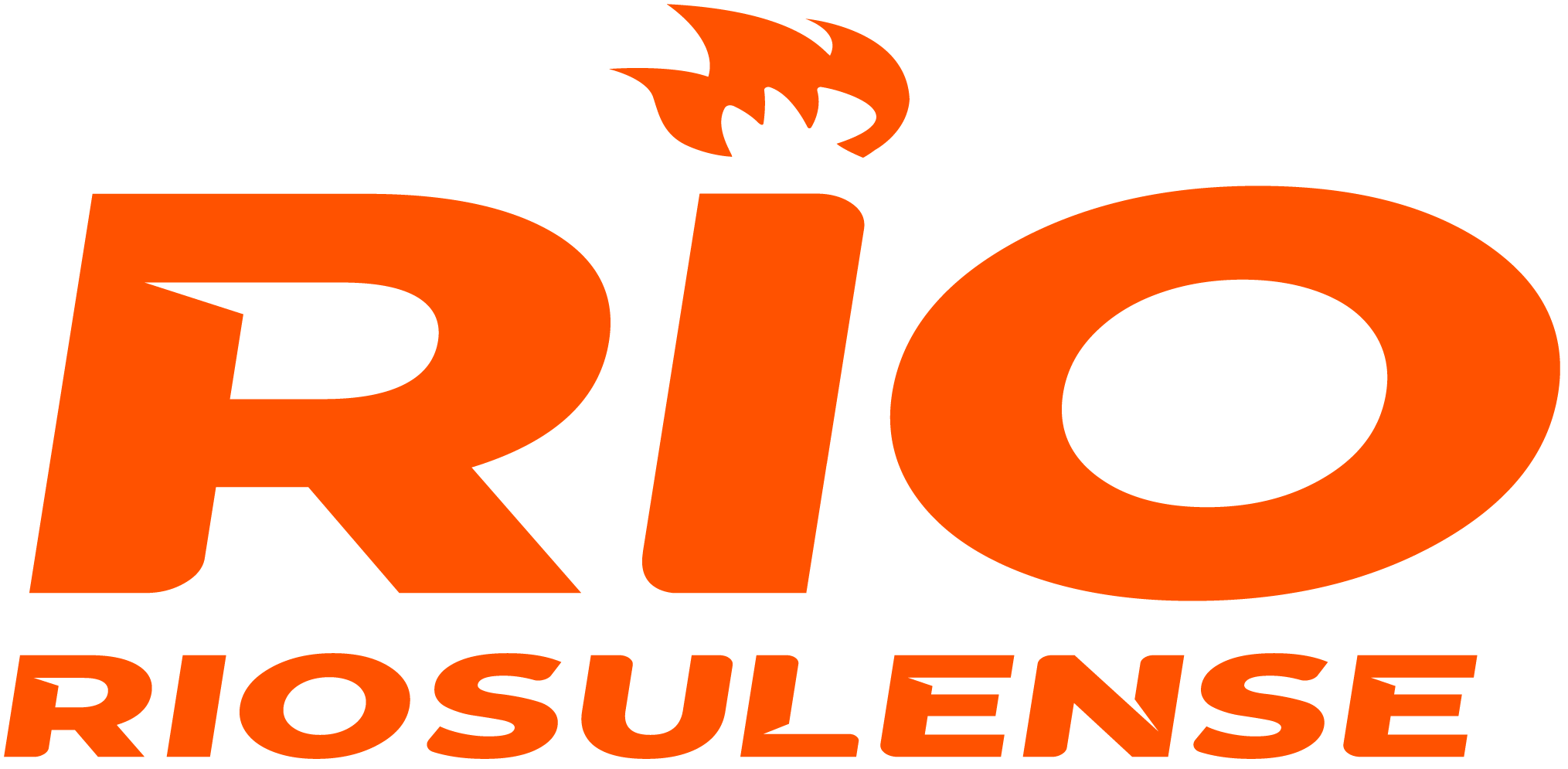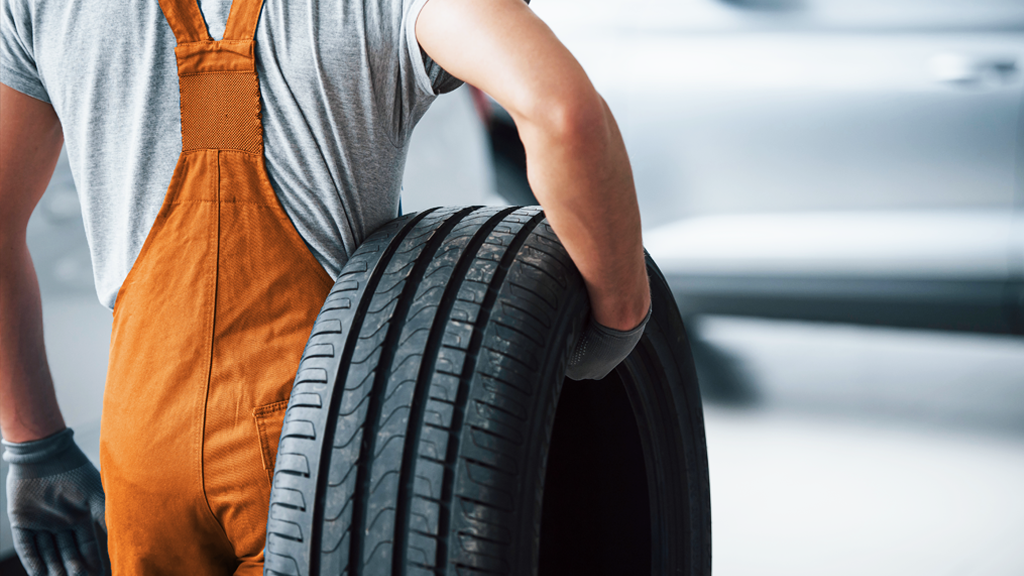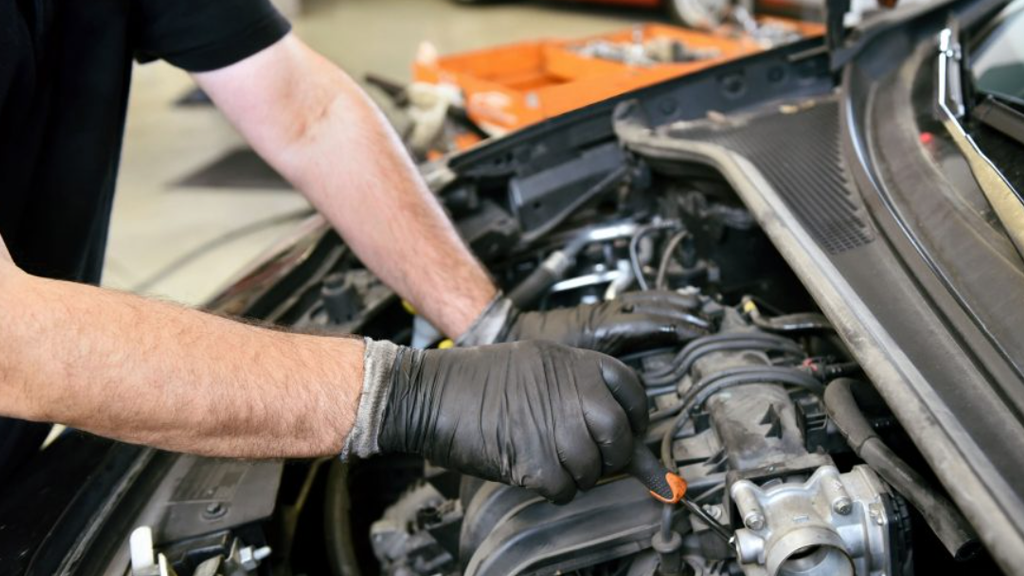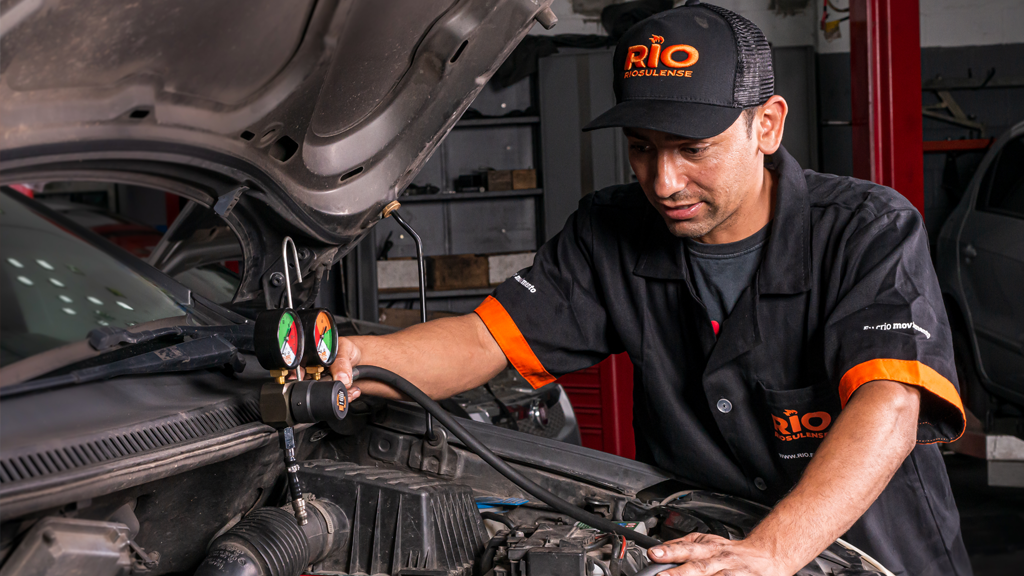As we have already explained in another article here on the blog, one of the main duties of the springs in the engine is to control the opening and closing of the cylinder head valves, ensuring the correct sealing of the cylinder. This means that the professional repairman must pay extra attention in valve spring application — and that’s what we’re going to talk about in this article!
That’s because an incorrectly installed spring is enough for the engine to lose power and increase fuel consumption. Not to mention, of course, that any application of valve spring made irregularly can end up damaging the entire head assembly. Loss for the client and for the Expert, right?
How to get the valve spring application
The good news is that these springs — and the best practices for applying them — are part of RIO’s expertise, and we’ve put together some valuable tips in this post. So write it down there:
1- Beware of the lack of load on the springs
One of the big problems during routine valve spring application is that if the spring is “tired” without optimal pressure, a visual inspection will not be sufficient to detect the problem. Meanwhile, the lack of pressure will cause part of the combustion to escape from the chamber, harming the vehicle’s performance.
Therefore, the ideal is for the applicator Expert to check the correct load of each spring, measuring the pressure at its working height and checking if everything is within the parameters indicated by the manufacturer!
2- Check if the spring working height is indicated
Different engines require different working heights for valve springs. This means that the applicator must choose the correct spring for the model they are working on. Keeping this in mind is important because, even though an irregular spring may eventually fit into the head, the difference in its working height can put too much strain on the components.
In the long term, this means the appearance of ruptures and cracks in heads with rocker arms, the premature wear of valve seats and even the locking of the assembly.
3- Don’t forget about modified engines
In case of application of valve spring in modified engines, it is natural that the driver prefers to take his car to a reliable mechanic or repairman, who already knows the engine and its modifications. However, if you end up with an altered engine in your hands, be aware that the manufacturer’s recommendations are no longer all that accurate indications for choosing the ideal spring.
Keep in mind that, depending on the type of change that was made, the engine speed can get much higher than normal, causing the famous “floating” spring effect, where the spring cannot close the combustion chamber outlet between one injection of fuel and another.
In cases like this, advise your customers to look for specialized workshops and grinders. If you install a normal spring, there is a good chance that the customer will come back with a head fracture or even more serious problems, such as an engine stall.
Count on RIO!
Here at RIO, Expert finds an exclusive technical catalog of valve springs, as well as a vast portfolio with a variety of applications and models. They are sets of springs with all the necessary specifications for checking the load and pressure.
With this information in hand, maintaining your head just got easier — and safer! Do you want learn more? Visit our website, discover our automotive aftermarket line and learn how RIO can help transform the routine of your workshop or repair shop!



